Resizing - Enlargement, contraction
In order to describe an enlargement or contraction of an object in maths you have to find its centre and the scale of reduction or enlargement.
Centre and scale

What an enlargement and she's covered in scales get her to the health CENTRE.
Resizing means the shape gets bigger or smaller
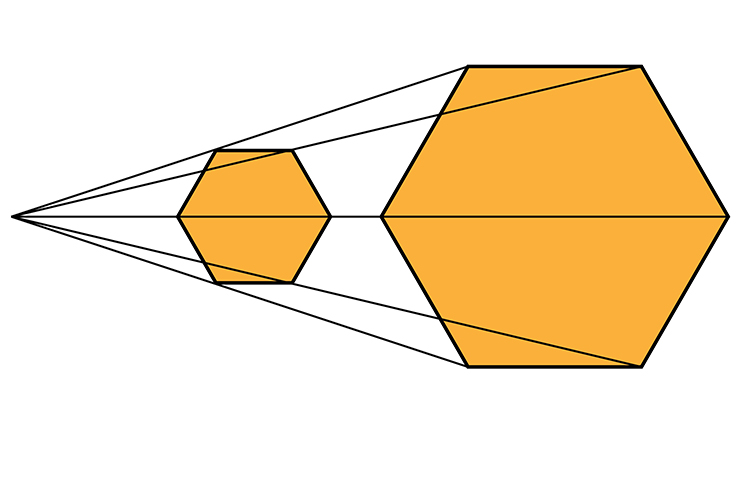
The shape is similar i.e. all the angles and proportions stay the same.
They call this many names;
- Resizing
- Enlargement
- Dilation (getting bigger)
- Reduction
- Contraction
- Compression
- Expansion
If you are just asked to enlarge a shape on a graph such as
Example
Enlarge the following shape by a scale of 2 or factor of 2.
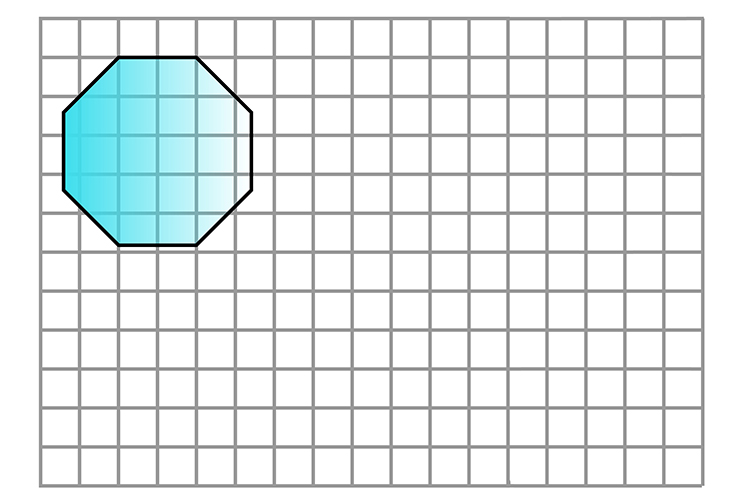
Then your new shape will be:
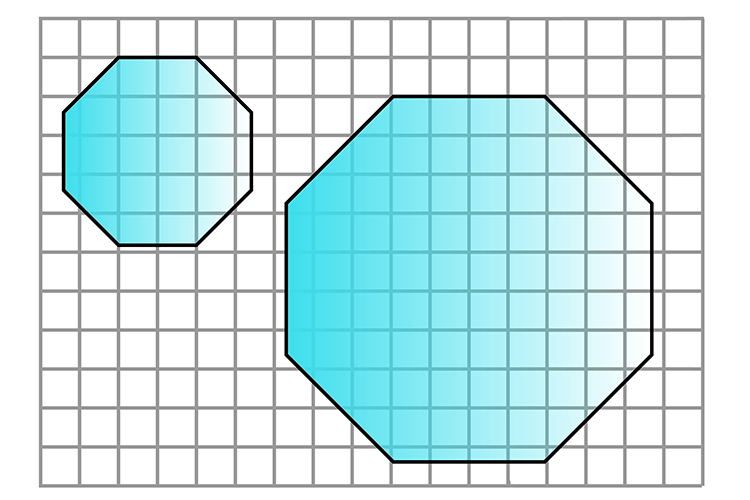
Twice as big.
The position of the enlarged shape hasn't been mentioned.
Resizing is different. Resizing will not only require a scale but will also ask for a centre point of origin.
Think of resizing, enlargement or contraction as a torch shining from the centre point to the object and the resize depending on the scale.
Enlargement
Enlargement by a scale of 2.

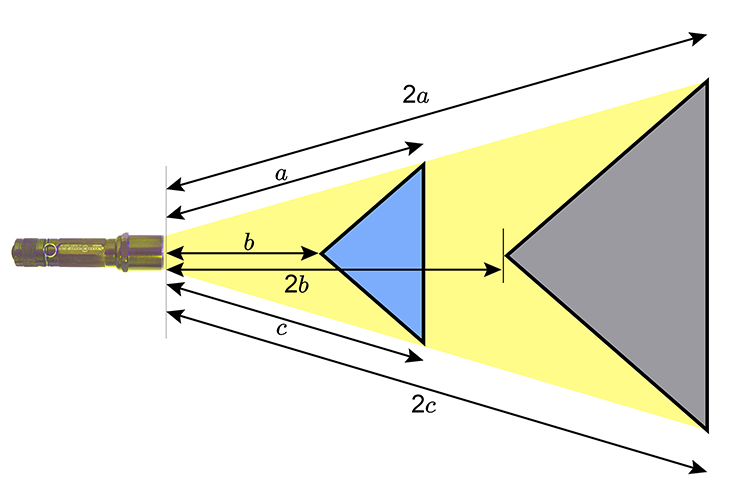
Our scale is 2 so we must multiply the distance between the centre point and each vertex (corner) by 2.
Reduction
Reduction by a scale of `1/2`
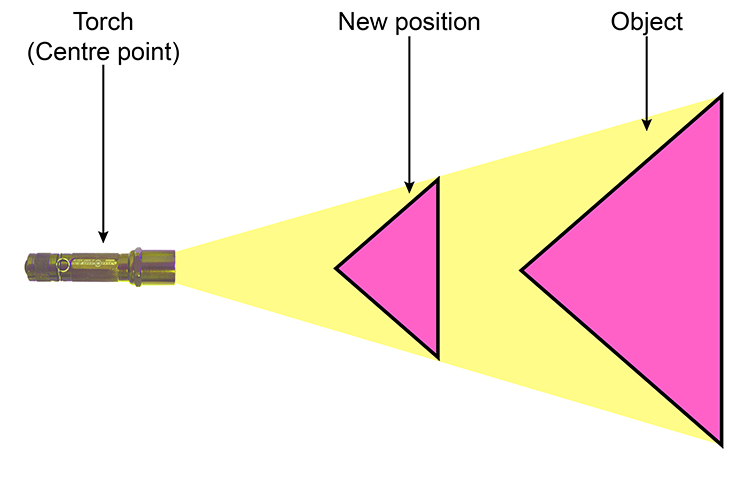

Our scale is `1/2` so we must multiply the distance between the centre point and each vertex (corner) by `1/2`.




